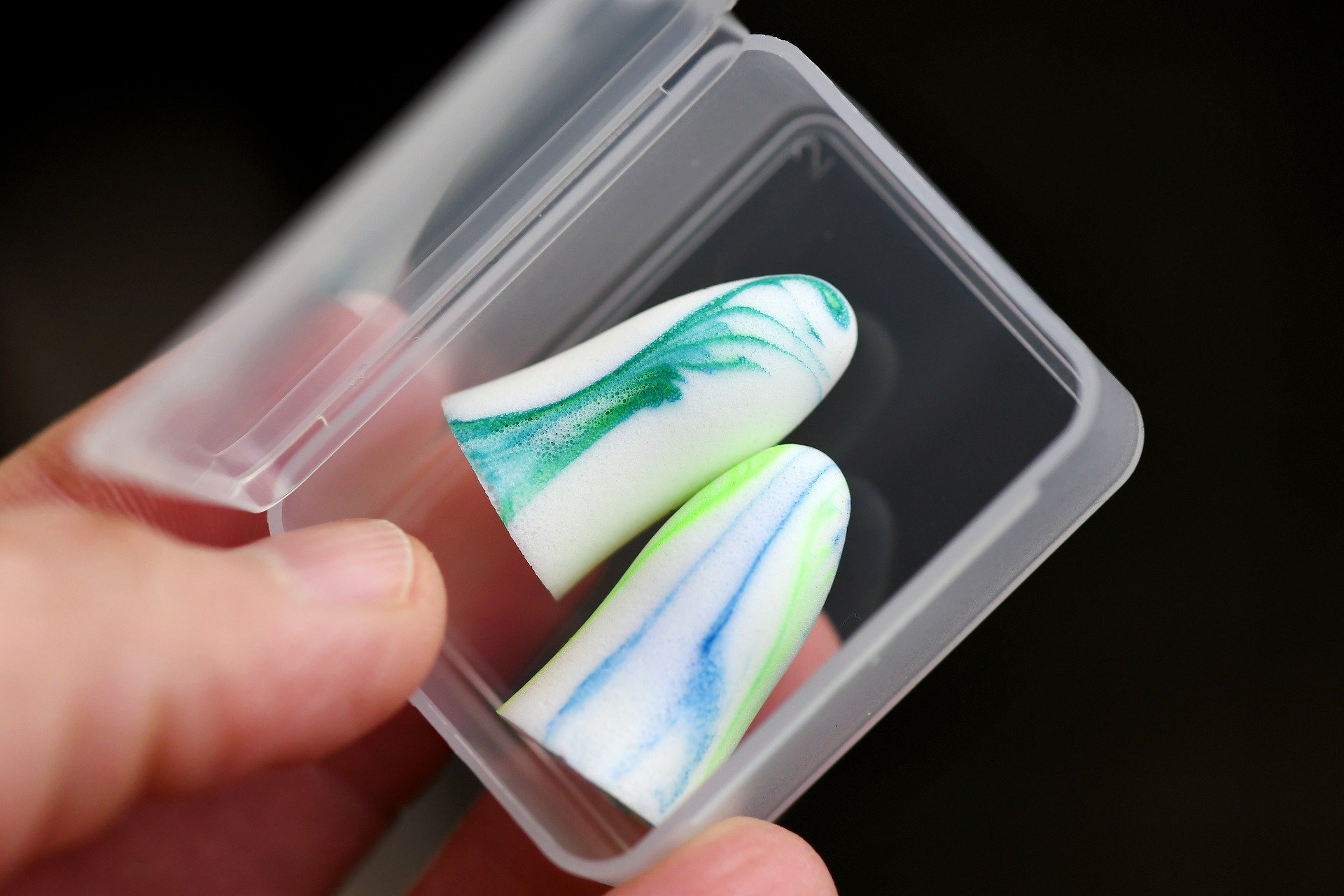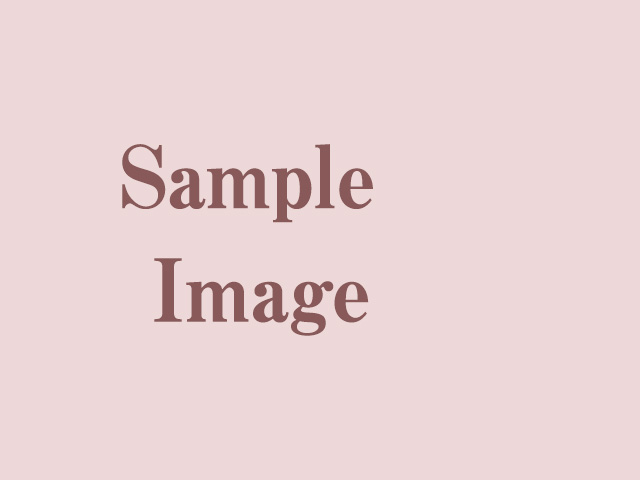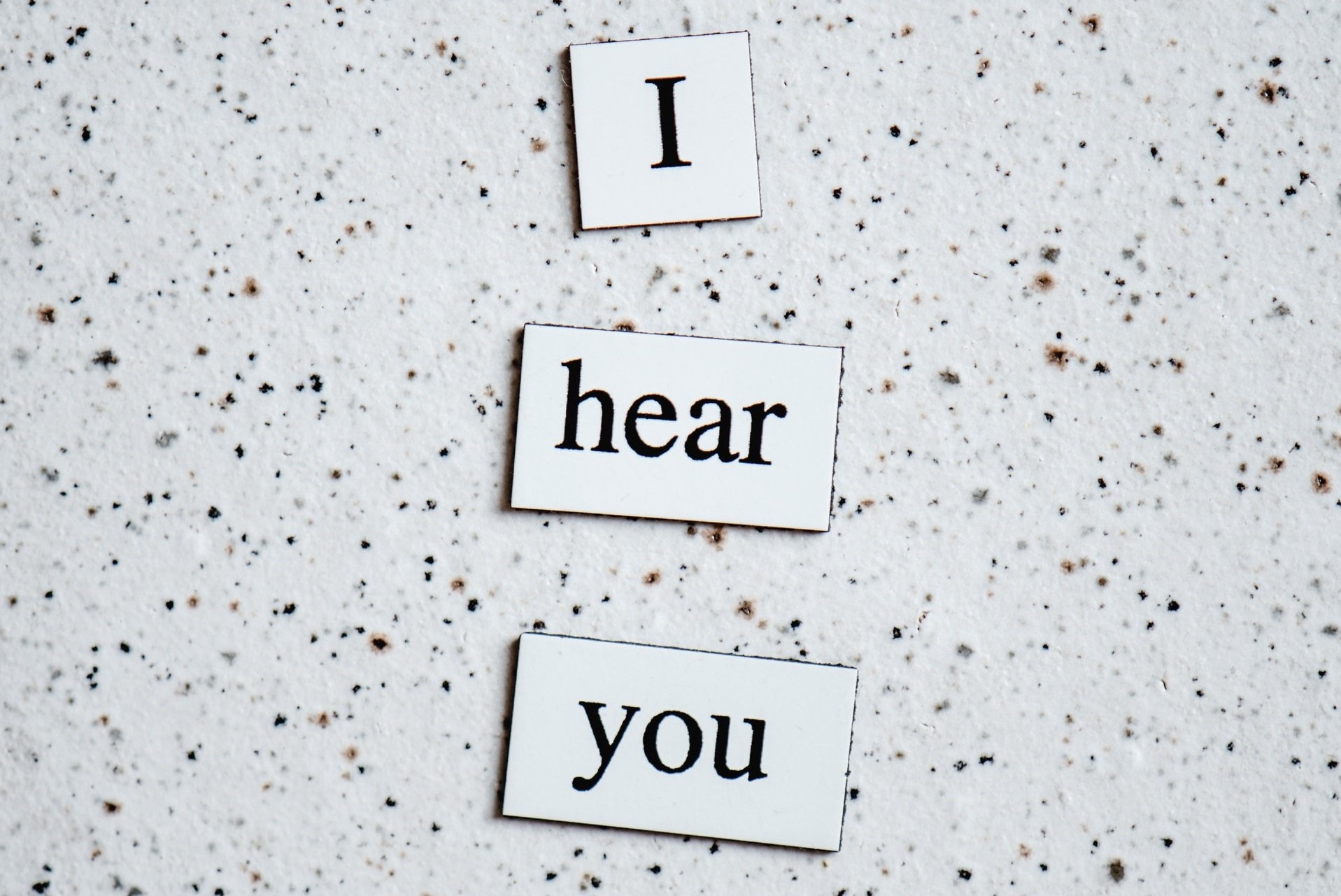
It’s important to minimize risks to your hearing health whenever you can. While many causes of hearing loss, such as aging, can’t be stopped, one of the biggest irreversible threats to your hearing — loud noise — is actually entirely preventable.
Loud noise exposure can cause permanent damage to your hearing health, but you wouldn’t think it’s hard to avoid. With the World Health Organization (WHO) estimating that 16 percent of hearing loss worldwide is attributable to occupational noise exposure, the facts suggest otherwise. It’s clear that noise-induced hearing loss remains a real risk for millions of people.
To minimize your exposure to loud noise, it is important to wear ear protection when working in a noisy occupational environment and during loud leisure activities.
There’s a vast amount of ear protection options on the market, so it’s important to choose the right earplugs for you — here’s how.
Contents
Why Do You Need Ear Protection?
Put simply, you should be using ear protection when you’re exposed to loud noises because you can develop hearing loss and tinnitus (ringing in the ears) from exposure to loud sound.
Of course, you’re not guaranteed to develop hearing loss after exposure to loud noise, but it’s worth keeping in mind that the sound level in decibels (dB), and the duration of how long the sound is heard are key factors that determine your risk. As the sound level increases, the length of time that you can safely listen to the sound decreases.
You might not notice any symptoms of your noise-induced hearing loss for a long time, and by the time you do, it will be too late to introduce any precautionary measures. When it comes to noise-induced hearing loss, prevention is key.
A major cause of occupational hearing loss is the cumulative effect of years of exposure to hazardous noise. A study by the National Institute for Occupational Safety and Health shows the sectors that present a high risk for developing hearing loss include mining, quarrying and oil and gas extraction, construction and agriculture, forestry, fishing, and hunting.
When you wear ear protection to work in these loud environments, you’re reducing the extent of your exposure to loud noise, thus reducing the risk to your hearing health.
When Should You Use Earplugs for Hearing Protection?
Employers are mandated to reduce occupational noise exposures and to provide their employees with personal protective equipment (PPE) or hearing protection devices (HPDs) when lowering the noise to an acceptable level isn’t possible. In these instances, employees should always wear their earplugs (or earmuffs in some cases).
If you work in a noisy environment but your employer has not spoken to you about hearing protection, you should ask them about this. Remember, they’re required by law to keep their workers safe by providing you with the relevant training and protective equipment.
Aside from the workplace, you might also need to wear earplugs at home or during certain loud events. For example, taking earplugs to a live music concert is a sensible idea, especially if there is a chance you might be standing near the front or next to a speaker. Likewise, you should wear ear protection during sports such as shooting, which involves very loud bursts of noise.
Other occasions to wear earplugs include when operating machinery, power tools, and lawnmowers; when using explosives, attending sporting events, and driving a motorcycle.
Although you aren’t at risk of noise-induced hearing loss when you’re sleeping, many people find that wearing earplugs while sleeping improves their quality of sleep by blocking out environmental sounds. The importance of the quality of your sleep is not to be understated, as low-quality sleep can increase your risk of high blood pressure, diabetes, heart attacks, strokes, obesity, depression, and reduce your immune function.
Choosing the Right Earplugs for You
Style and Activity
The best type of earplug to use will largely depend on what you intend to use it for.
-
The Workplace
Custom earplugs: These are a great idea if you’re frequently exposed to noise at work. The noise protection rating, fit, and comfort will be better, and they’ll be less likely to cause irritation. You can purchase these (usually for less than $100) through a healthcare professional who can take an impression of your ear for a custom-fit.
Reusable earplugs: These are inexpensive earplugs made of a soft silicone material and can be cleaned for reuse. Carrying reusable earplugs is a good way to be prepared for unexpected periods of loud noise in the workplace.
Disposable earplugs: These are the cheapest option, generally made of a foam material, and should only be for occasional use. If you anticipate frequent noise in the workplace invest in a custom or reusable pair for better protection.
Earmuffs: These are popular amongst those working with heavy machinery or lawn equipment as they provide more protection and noise attenuation than earplugs.
-
Sport and Leisure Activities
Vented earplugs: These have a small hole helping to equalize the pressure in your ear which is useful for flying, scuba diving, and other watersports.
Waterproof earplugs: These are important for activities such as swimming or surfing. You can choose between silicone and wax.
Custom swim plugs: These are made by taking a mold of the ear so that the plug fits snug in the ear and can be made by a healthcare professional.
Moldable earplugs: These are second to custom swim plugs and are made of a silicone or wax material molded into the bowl of the ear.
-
Earplugs for Musicians
Hi-fi earplugs: These are made for musicians and help them to protect their ear hair cells while allowing them to hear the sounds they need to.
-
Earplugs for Sleeping
Disposable sleep earplugs: These are generally made of a soft foam material for comfort and are only meant to be used one or two times.
Reusable sleep earplugs: These are often made of a soft silicone or plastic material and can be used for several nights’ sleep.
Moldable earplugs: These are a good alternative if you don’t like the feel of foam as they are made of a wax or silicone material and molded into the bowl of the ear by the wearer.
-
Earplugs for Shooting
A gunfire shot can often exceed 140 decibels (dB). Even if you are only exposed to one burst of loud impulse noise, this is loud enough to cause permanent ear damage or hearing loss.
Custom shooter earplugs: These are great for professionals who need high-quality and comfortable plugs for everyday use and require an earmold impression of your ear canal.
Electronic shooter earplugs: These have microprocessors that compress dangerously loud noises but allow safe levels of sound such as speech. They are expensive, costing around $200 – $400, but are very effective and great for regular shooters.
Reusable shooter earplugs: These are available corded or non-corded.
Disposable shooter earplugs: These are basic foam earplugs useful for general noise protection.
Earmuffs: These usually have a high noise attenuation level, providing excellent protection against high impact noises like gunfire.
-
Protection for Children
Earmuffs: these are safer and easier to use than earplugs (which may cause irritation if they don’t fit correctly), and provide optimal sound attenuation. Your child should wear ear protection whenever they are exposed to loud sounds for an extended period, such as at concerts, music festivals, or firework shows. You should be able to pick some up for as little as $10.
What to Think About When Choosing Earplugs
Size
Ear canal size varies between individuals, but also more generally between the sexes. A study of typical ear canal sizes across gender showed that females typically have ear canals approximately 20 percent smaller than males.
It is important to get the fit of your earplugs correct, as a poor fit will not achieve an acoustic seal and will reduce the quality of protection you’re receiving. If you’re purchasing your own earplugs, keep this in mind.
If you’re an employer, make sure you’re offering workers a varied earplug selection to ensure everyone is benefiting from ear protection.
Price
When it comes to price, cheap disposable earplugs are available for as little as one dollar, whereas earmuffs can cost you hundreds of dollars. Although some protection is better than nothing, it’s worth investing in protection that is suitable for your intended activity, has a great fit, and can be used time and time again.
If you’d like to learn more about hearing loss, see our other blog articles.
The information in this guide has been written using the following reliable sources:
https://www.nap.edu/catalog/11721/hearing-loss-research-at-niosh-reviews-of-research-programs-of
https://www.healthline.com/health/sleeping-with-earplugs
http://phb.secondsensehearing.com/content/dos-and-donts-earplug-use
https://knops.co/magazine/why-its-better-you-wear-earplugs-at-a-concert/
https://www.clearliving.com/hearing/technology/earplugs/
https://ohsonline.com/Articles/2017/03/01/Ear-Plug-Selection-and-Fitting-Best-Practices.aspx








